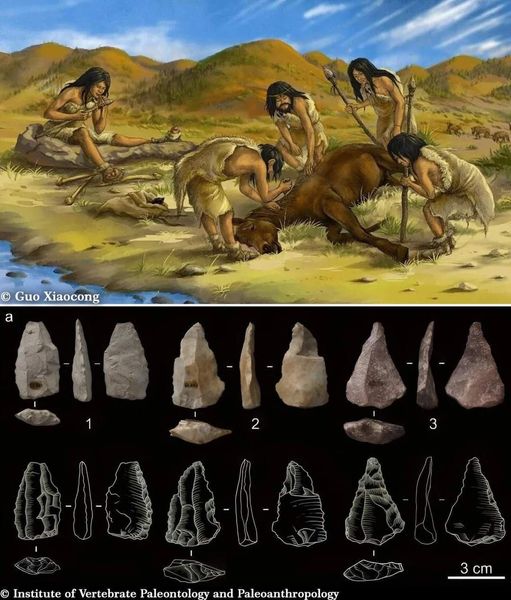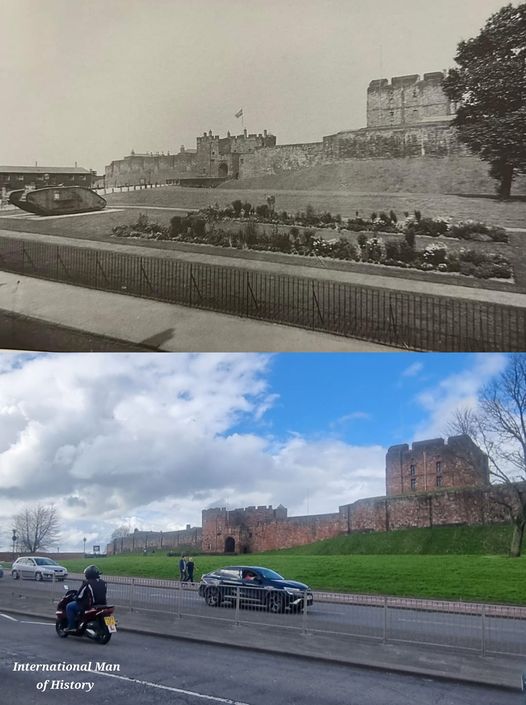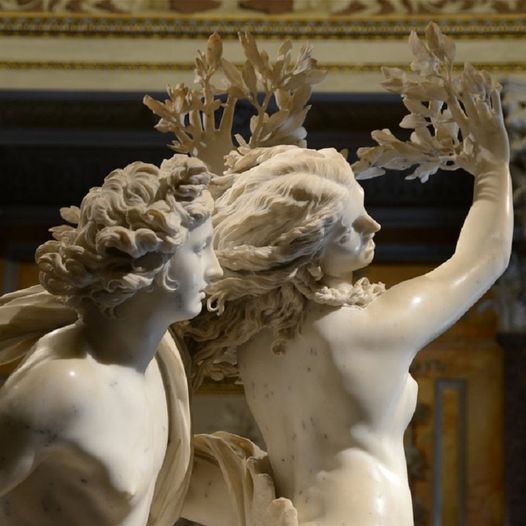The ancient city of Troy, also known as the site of the Trojan War mentioned in Homer""s Iliad, was included in the UNESCO World Heritage List in 1998. One of the most famous archaeological sites in the world, Troy, BC. It dates back to 3000 years. It is located within the borders of Çanakkale province.
Exploring the Legendary City of Troy
Nestled within the borders of Çanakkale province in Turkey lies the ancient city of Troy, a site steeped in legend and history. Known as the setting for Homer's epic poem, the Iliad, Troy has captivated the imagination of scholars and enthusiasts for centuries. In this blog post, we embark on a journey to uncover the secrets of this UNESCO World Heritage-listed site, delving into its rich archaeological heritage and enduring legacy.

Unraveling the Mysteries of Troy
The story of Troy traces back over 3,000 years, to a time when it was a thriving city-state in the region of Anatolia. According to ancient Greek mythology, Troy was founded by the legendary hero, King Priam, and became the backdrop for one of the most famous conflicts in history—the Trojan War. The tale of the war, immortalized in Homer's Iliad, recounts the siege of Troy by the Greek armies and the cunning stratagem of the Trojan Horse. Today, archaeologists continue to excavate the ruins of Troy, piecing together the puzzle of its storied past.
Exploring the Archaeological Site
Visitors to Troy are greeted by a landscape steeped in history, dotted with the remnants of ancient walls, temples, and dwellings. The archaeological site of Troy is divided into several layers, each representing a different period of occupation and development. Among the most iconic features of the site are the massive fortification walls of Troy VI, believed to have been built around 1250 BCE, and the imposing ruins of the citadel, which offer panoramic views of the surrounding plains. As visitors wander through the ancient streets and plazas, they can marvel at the ingenuity and craftsmanship of the city's inhabitants.
Preserving Troy's Cultural Heritage
The inclusion of Troy on the UNESCO World Heritage List in 1998 marked a significant milestone in the ongoing efforts to preserve and protect its cultural heritage. The designation recognizes Troy's outstanding universal value as a testament to the achievements of human civilization and the importance of safeguarding our shared heritage. Through conservation initiatives and educational programs, local authorities and international organizations work together to ensure that Troy remains a source of inspiration and learning for future generations.
Ancient Discoveries and Modern Marvels
In addition to its archaeological significance, Troy serves as a focal point for ancient discoveries and modern marvels in the region of Çanakkale. Nearby attractions such as the Gallipoli Peninsula, with its poignant memorials and battlefields from World War I, offer visitors a deeper understanding of Turkey's rich historical tapestry. From the towering minarets of Çanakkale's mosques to the bustling bazaars and waterfront promenades, the region is alive with the echoes of the past and the vibrant energy of the present.
Conclusion: A Journey Through Time and Legend
In conclusion, the ancient city of Troy stands as a testament to the enduring power of myth and the resilience of human civilization. From its mythical origins to its modern-day status as a UNESCO World Heritage site, Troy continues to inspire wonder and fascination among visitors from around the world. As we explore its archaeological wonders and uncover its hidden treasures, we embark on a journey through time and legend, connecting with the timeless spirit of the past and the enduring legacy of Troy.






